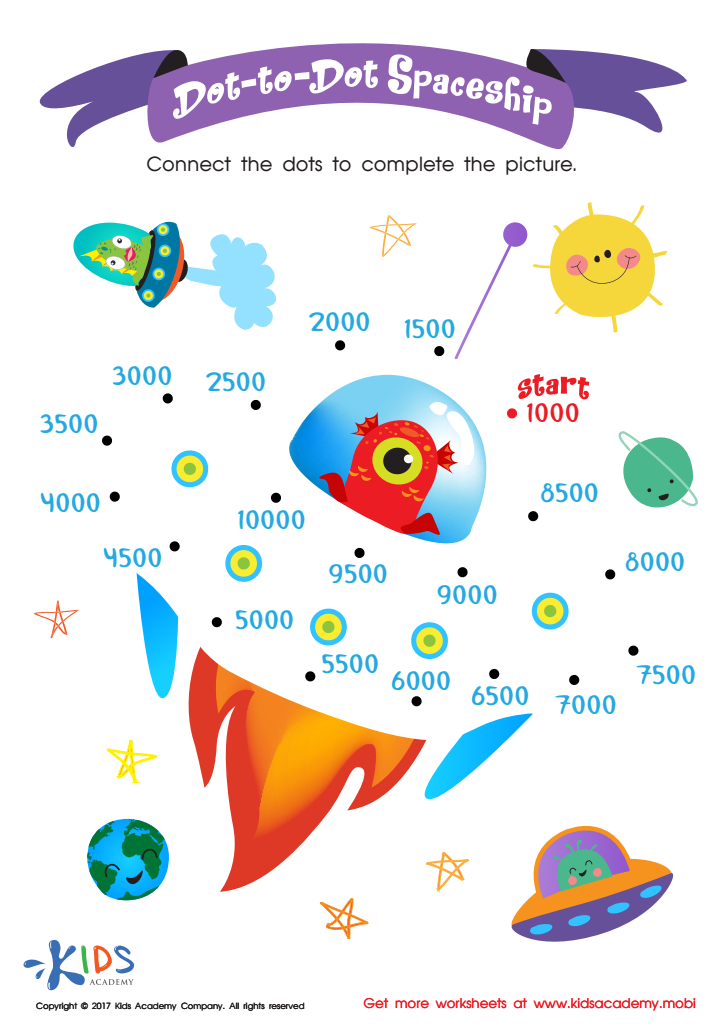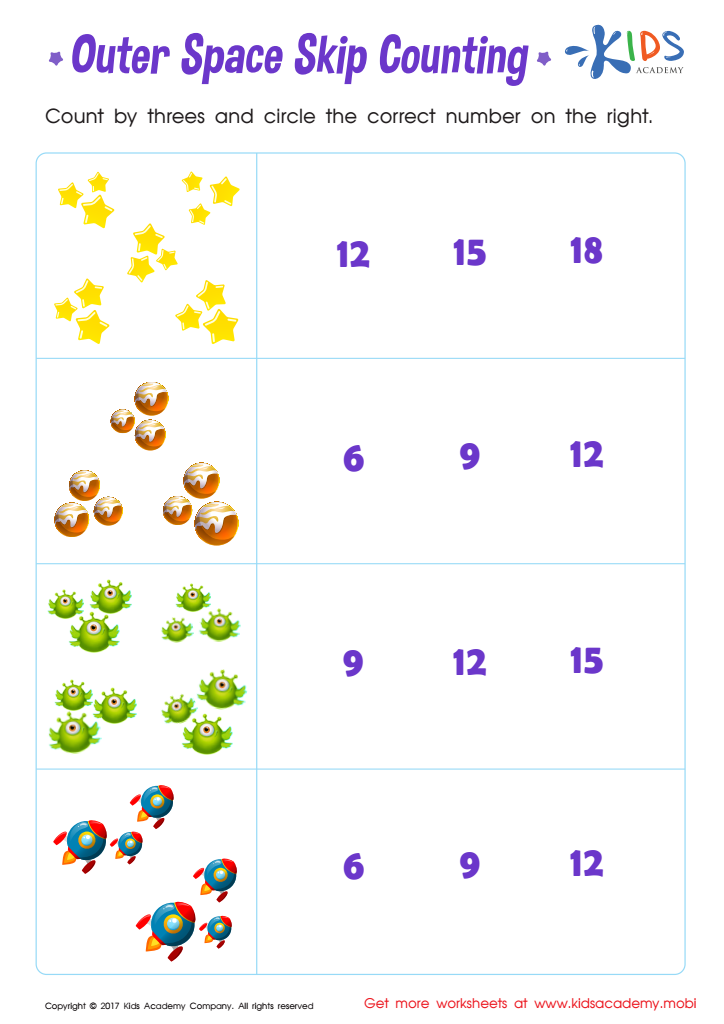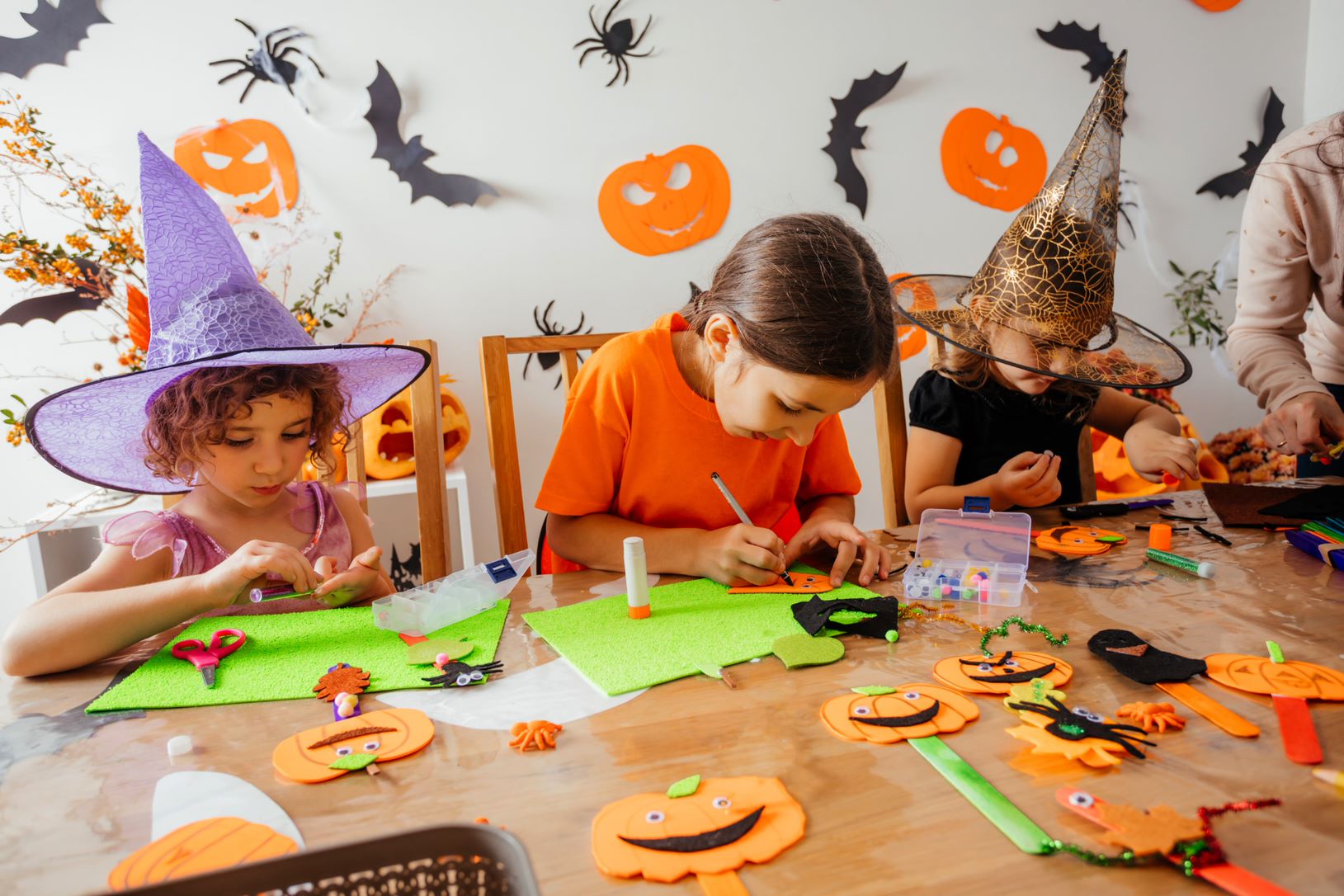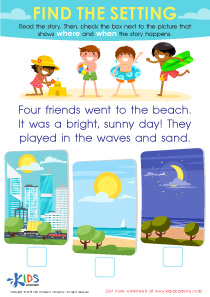Number Sequencing Easy Worksheets for Ages 6-8
6 filtered results
-
From - To
Discover engaging number sequencing worksheets tailored for children ages 6-8 on our webpage! These easy-to-use resources promote essential math skills, helping young learners recognize patterns and order numbers effectively. Each worksheet is designed to appeal to your child’s creativity and curiosity, fostering a positive attitude towards math. With a variety of fun activities, kids will improve their ability to sequence numbers and enhance their critical thinking skills while enjoying colorful illustrations. Perfect for at-home learning or classroom use, our number sequencing worksheets ensure your child builds a strong foundation in math. Explore now and make learning an exciting adventure!


Colorful Arrays Bingo Worksheet


Ordering 11–20: Chicken & Egg Dot–to–dot Worksheet


House Numbers Worksheet


Dot to Dot Worksheet for 3rd Grade


Skip Counting by 3s: Outer Space Skip Counting Printable
Number sequencing is a foundational skill that significantly impacts a child's mathematical development, particularly for children aged 6-8. Parents and teachers should prioritize this learning area because it fosters critical cognitive abilities essential for future academic success. Mastering number sequencing helps children understand the order of numbers, which is vital for arithmetic operations, such as addition and subtraction. Early proficiency in recognizing patterns in numbers lays the groundwork for more complex mathematical concepts in later years, such as multiplication and division.
Additionally, number sequencing enhances a child’s problem-solving skills and logical reasoning. It teaches them to think strategically and recognize relationships between numbers, which are core components of analytical thinking. Engaging children in sequencing activities can also make math more enjoyable, helping to build their confidence and interest in the subject.
Moreover, number sequencing can be integrated with various fun and interactive methods—like games, songs, and hands-on activities—which appeal to young learners. Equipping children with these skills not only supports their academic journey but also sets the stage for successful, self-assured learners. Encouraging mastery in number sequencing is thus a crucial investment in their overall intellectual development.
 Assign to My Students
Assign to My Students


















